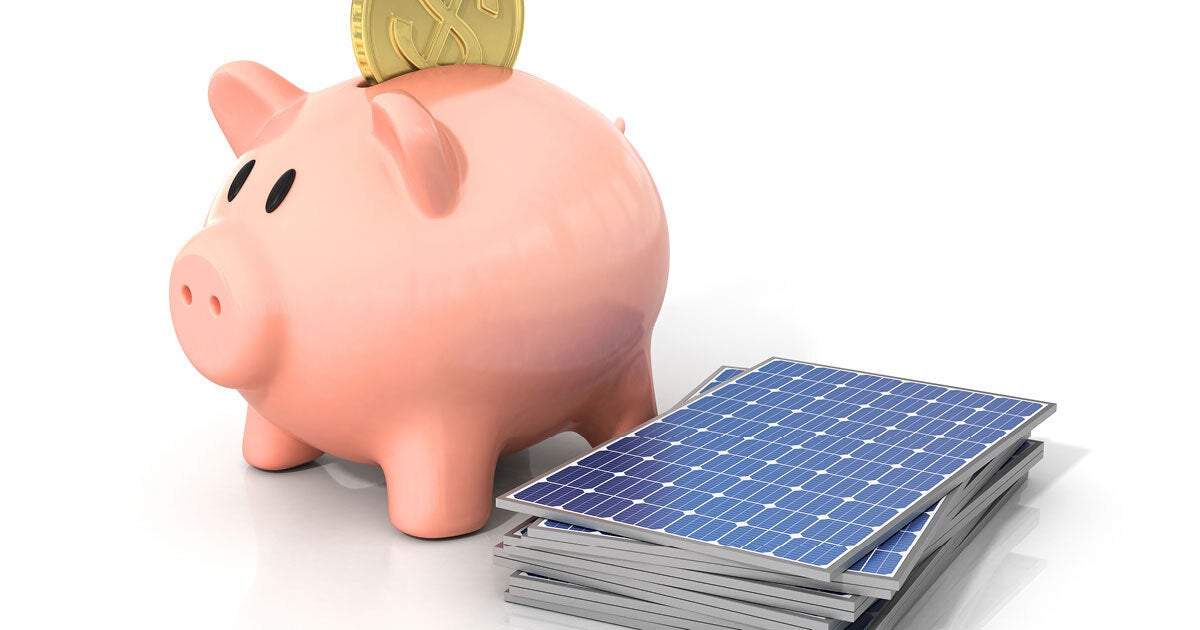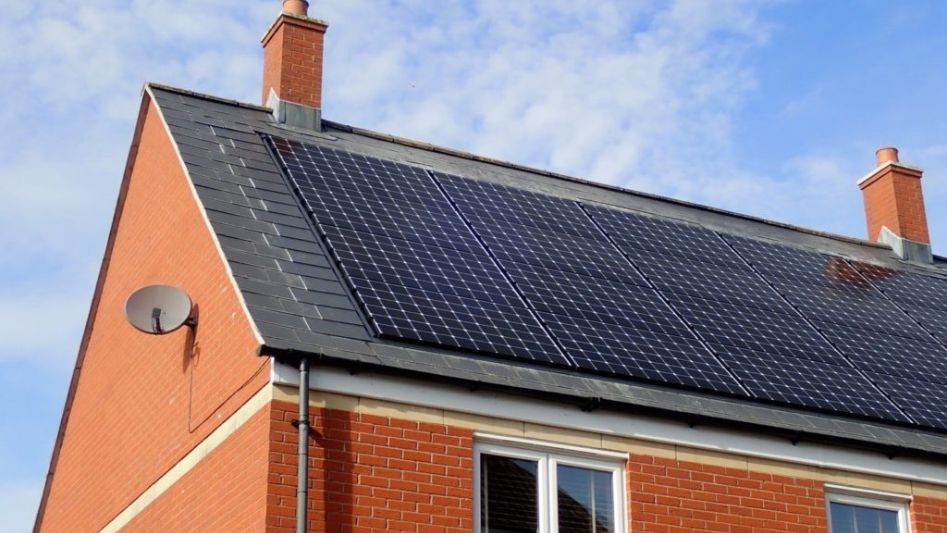
As the world shifts towards renewable energy sources, solar power has become an increasingly popular choice for homeowners and businesses alike. One of the key factors driving this trend is the availability of solar rebates and incentives, which can significantly reduce the upfront cost of installing solar panels. In this article, we'll delve into the world of solar rebates and incentives, exploring how they work, the benefits they offer, and what you can expect in 2024.
What are Solar Rebates and Incentives?
Solar rebates and incentives are programs designed to encourage the adoption of solar energy by offsetting the initial investment required to install solar panels. These programs are typically offered by governments, utilities, and other organizations to promote the use of renewable energy sources. Rebates and incentives can take various forms, including cash rebates, tax credits, and property tax exemptions.
Types of Solar Rebates and Incentives
There are several types of solar rebates and incentives available, including:
Federal Tax Credit: The federal government offers a tax credit of up to 30% of the total cost of a solar panel system.
State and Local Rebates: Many states and local governments offer rebates and incentives for solar panel installations, which can range from a few hundred to several thousand dollars.
Utility Company Rebates: Some utility companies offer rebates for solar panel installations, which can help reduce the upfront cost.
Property Tax Exemptions: Some states offer property tax exemptions for solar panel systems, which can help reduce your property tax bill.
How Do Solar Rebates and Incentives Work?
The process of claiming solar rebates and incentives varies depending on the program. Here's a general overview of the steps involved:
1.
Check Eligibility: Check if you're eligible for the rebate or incentive program.
2.
Install Solar Panels: Install a solar panel system that meets the program's requirements.
3.
Apply for the Rebate: Submit an application for the rebate or incentive, providing required documentation, such as proof of installation and cost.
4.
Receive the Rebate: Receive the rebate or incentive, which can be in the form of a check, credit, or property tax exemption.
Benefits of Solar Rebates and Incentives
Solar rebates and incentives offer numerous benefits, including:
Reduced Upfront Cost: Rebates and incentives can significantly reduce the upfront cost of installing solar panels.
Increased Savings: Solar panels can help you save money on your energy bills, and rebates and incentives can increase those savings.
Environmental Benefits: Solar energy is a clean and renewable source of energy, reducing your carbon footprint and contributing to a sustainable future.
Solar rebates and incentives are an excellent way to make solar energy more accessible and affordable. With the various programs available, you can significantly reduce the upfront cost of installing solar panels and enjoy long-term savings on your energy bills. As the world continues to shift towards renewable energy sources, it's essential to stay informed about the latest solar rebates and incentives available in 2024. Visit
Solar.com to learn more about solar energy and the rebates and incentives available in your area.
By taking advantage of solar rebates and incentives, you can unlock savings, reduce your environmental impact, and join the growing community of solar energy enthusiasts. So why wait? Explore the world of solar rebates and incentives today and start harnessing the power of the sun to energize your home or business.









